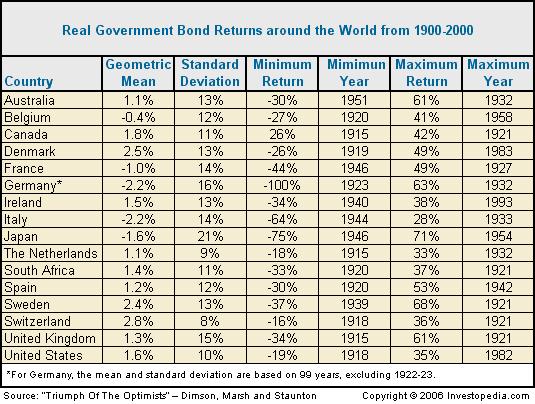It looks like you're new here. If you want to get involved, click one of these buttons!
I agree with this. The reversion to the mean is better applied to probabilities (e.g. coin toss, roulette ) and requires large numbers. None of those things apply with the stock market.
In the broad picture, I agree with the expectation that both stock and bond returns will be lower going forward. But not as explained. Stocks may violate mean reversion (i.e. overshoot the mean on the low side, rather than simply dropping closer to the mean). Parallel increases in prices and rates would keep bond real returns closer to zero.
The article then proceeds to show how DFSVX can be cloned with a combination of two ETFs: VBR and IWC, the Vanguard Small Cap Value and the iShares Micro Cap, respectively. While DFA funds may only be available through financial advisors that have been approved by DFA, and can charge additional fees, the ETFs are open to anyone with a brokerage account.However, low-cost funds, especially ETFs, now occupy every asset category offered by DFA. As new indexes have come to market, investors can get the unloved and unwanted part of the market for a lot less. Today DFA offerings are very close to what other major market benchmark providers deliver; the DFA U.S. Small Cap Value [DFSVX], for example, is not dissimilar from the iShares SmallCap 600 Value Index Fund (IJS|A-87). Where there’s not a perfect substitute, it’s rather easy to combine two less expensive funds and create an effective clone.
DFSVX: 52 bps
VBR: 8 bps
IWC: 60 bpsAs originally noted by MJG in Feb 2014, that site - [https://www.portfoliovisualizer.com] - is available to all. Today, it contains (among other things) the following tools:The authors [of the JoI article] are working with Silicon Cloud Technologies, LLC which will offer software at PortfolioVisualizer.com that computes these factors automatically.

© 2015 Mutual Fund Observer. All rights reserved.
© 2015 Mutual Fund Observer. All rights reserved. Powered by Vanilla